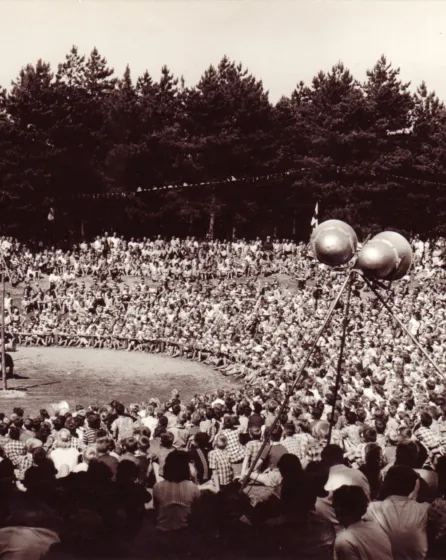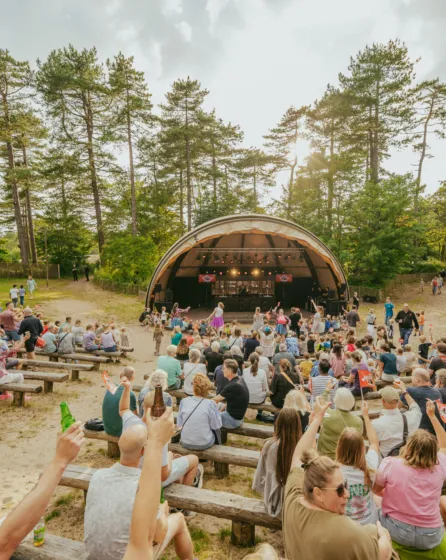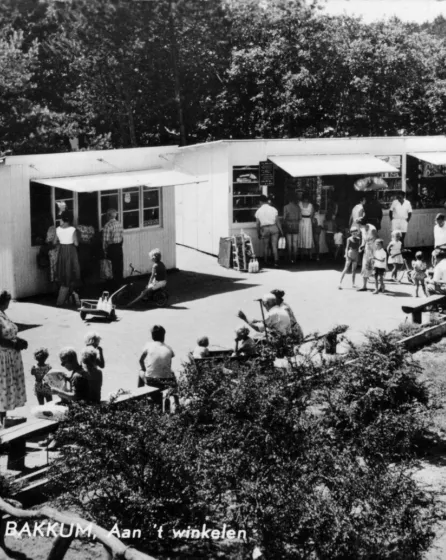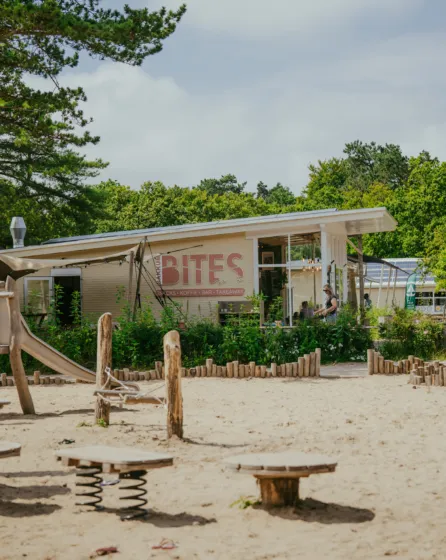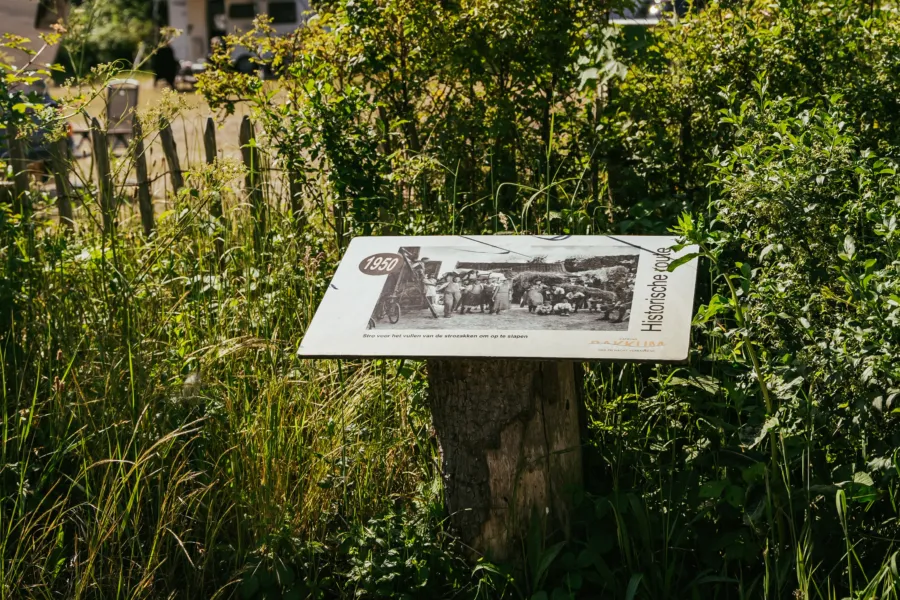
From 1914 to the present
Camping Bakkum is the oldest campsite in the Netherlands. The guests from Camping Bakkum, who often went to the beach of Castricum, contributed to the development of Castricum into a true beach village and 'Camp Bakkum' grew along with it. Our campsite became so popular that the first campers literally ran to their spot to secure their stay, an event that is one of the most famous anecdotes in the history of Camping Bakkum.
The stories are endless and that is why we have set out a historical route on the campsite. Pick up the map at the reception.
1914
First campers arrive on Bakkum
1949
One of the first seasonal guests
2014
Camping Bakkum is 100 years!
Our open air theater De Pan
A recognizable image for many at Camping Bakkum is Open Air Theatre De Pan. The best events were and are being organized there.
Suitcases and belongings were transported with trucks upon arrival; campers came to their holiday address by bike, motor or train.
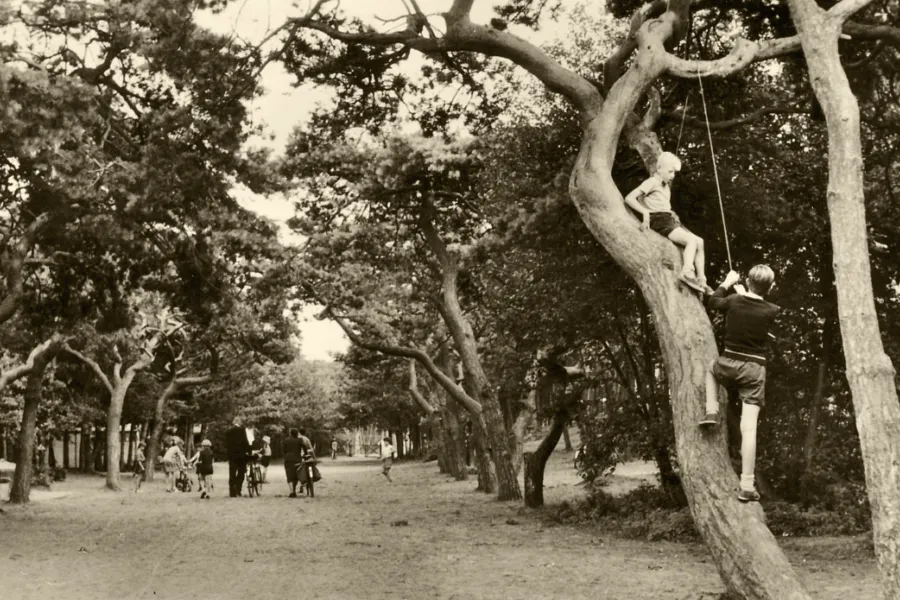
Then the Apenlaan...
...is an avenue with pine trees and whimsical branches where you can romp, climb and play beautifully. This used to be the only place where that was allowed. Fortunately, you can now play in many more places and the campsite is actually one big playground. Curious about what we have?
In 2014 we celebrated the 100th anniversary of Camping Bakkum with guests, employees and fans!
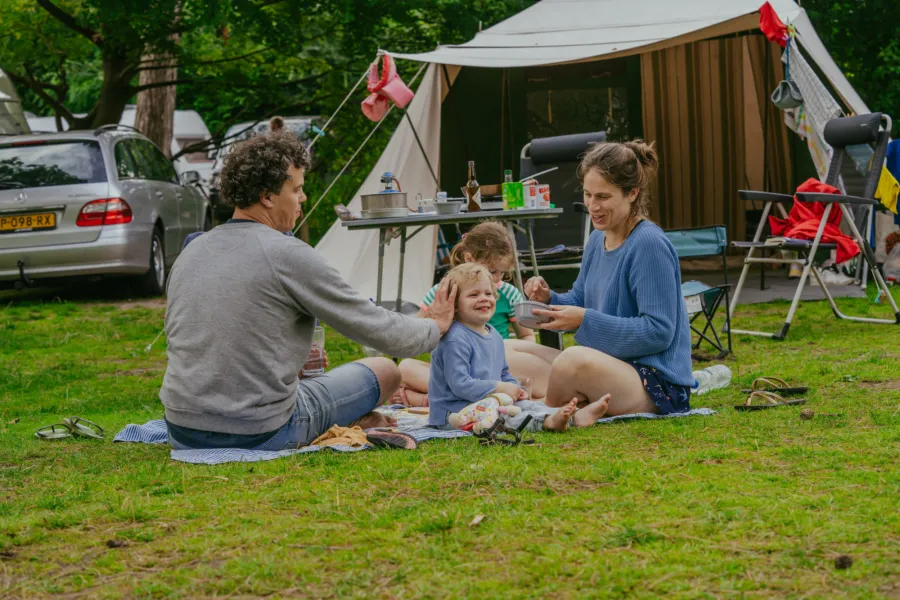
So many memories...
Camping Bakkum has grown from a simple and bare dune terrain, where people accidentally went to stay (with the permission from the German princess Von Wied) to a leading, surprising and quirky paradise!
We are firmly rooted in our impressive history and bursting with stories. But the best way to experience this is during a stay at our campsite. When will you be visiting us to make your own unforgettable memories?



